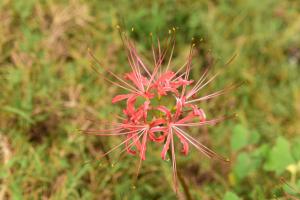Introduction
Pitcher plants are a unique type of carnivorous plants that can be found in various parts of the world, including North and South America, Asia, and Australia. These plants have specialized leaves that can capture and digest insects and other small animals. However, one common question that arises about pitcher plants is whether or not they should be filled with water. In this article, we will explore this topic in more detail.
What are pitcher plants?
Pitcher plants are named after the pitcher-shaped leaves that they possess. These leaves are often brightly colored and attract insects with nectar or other sweet-scented substances. Once the insects enter the pitcher, they become trapped and are unable to escape. The inside of the leaves contains digestive enzymes that break down the prey and provide nutrients to the plant.
Types of pitcher plants
There are several types of pitcher plants, including the North American pitcher plant (Sarracenia), the Asian pitcher plant (Nepenthes), and the Australian pitcher plant (Cephalotus). Each of these plants has unique characteristics, but they all share the ability to capture and digest insects. It is essential to note that each type of pitcher plant has specific needs and requirements to thrive, including the amount of water they require.
Do pitcher plants need water?
Yes, pitcher plants do require water to survive. However, it is essential not to overwater them, as this can cause root rot and other issues. The amount of water that pitcher plants require depends on the species and the growing conditions. For example, Asian pitcher plants typically require more water than North American pitcher plants. It is essential to research the specific needs of each type of pitcher plant before deciding how much water to give it.
Should you fill pitcher plants with water?
While pitcher plants require water, it is not necessary to fill the pitchers with water. In the wild, pitcher plants would naturally collect rainwater, but they would not necessarily be full at all times. Overfilling the pitchers with water can lead to problems with root rot and other diseases. Additionally, some species of pitcher plants are adapted to grow in areas with poor drainage, and filling their pitchers with water would be unnatural.
Water sources for pitcher plants
There are several ways to provide water for pitcher plants, including:
Watering from the top, using a watering can or similar tool
Placing the plant in a tray or saucer with water
Collecting rainwater that accumulates naturally in the pitchers
Regardless of the source of water, it is essential to ensure that the plant is not overwatered and that the water is clean and free of pollutants.
Conclusion
In conclusion, pitcher plants require water to survive, but it is not necessary to fill the pitchers with water. Overwatering can be harmful to the plant, and some species have specific requirements for drainage and water sources. By researching the specific needs of each type of pitcher plant and providing clean, appropriate water sources, these unique carnivorous plants can thrive and provide a fascinating addition to any collection.

 how many times do yo...
how many times do yo... how many planted tre...
how many planted tre... how many pine trees ...
how many pine trees ... how many pecan trees...
how many pecan trees... how many plants comp...
how many plants comp... how many plants can ...
how many plants can ... how many plants and ...
how many plants and ... how many pepper plan...
how many pepper plan...






























